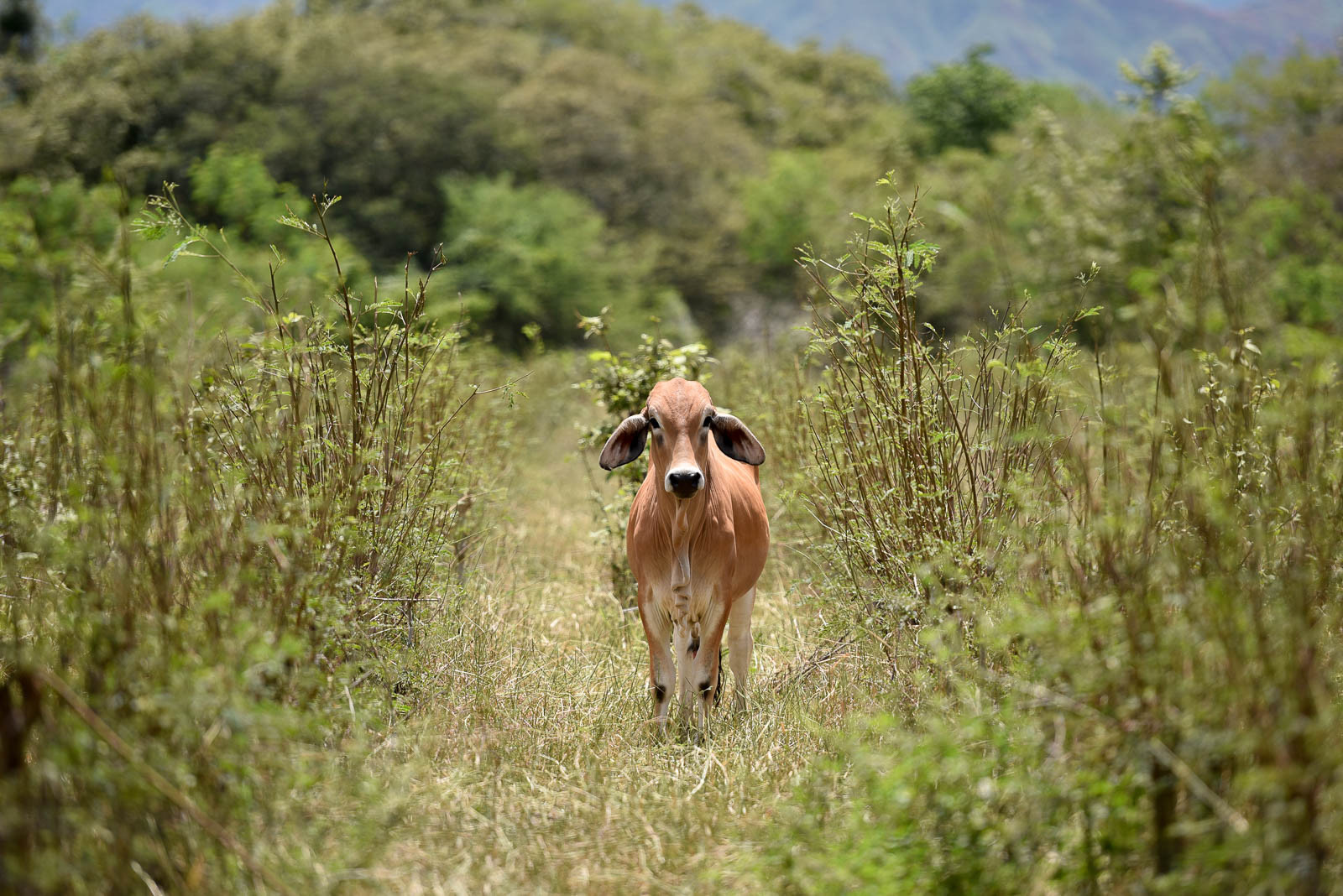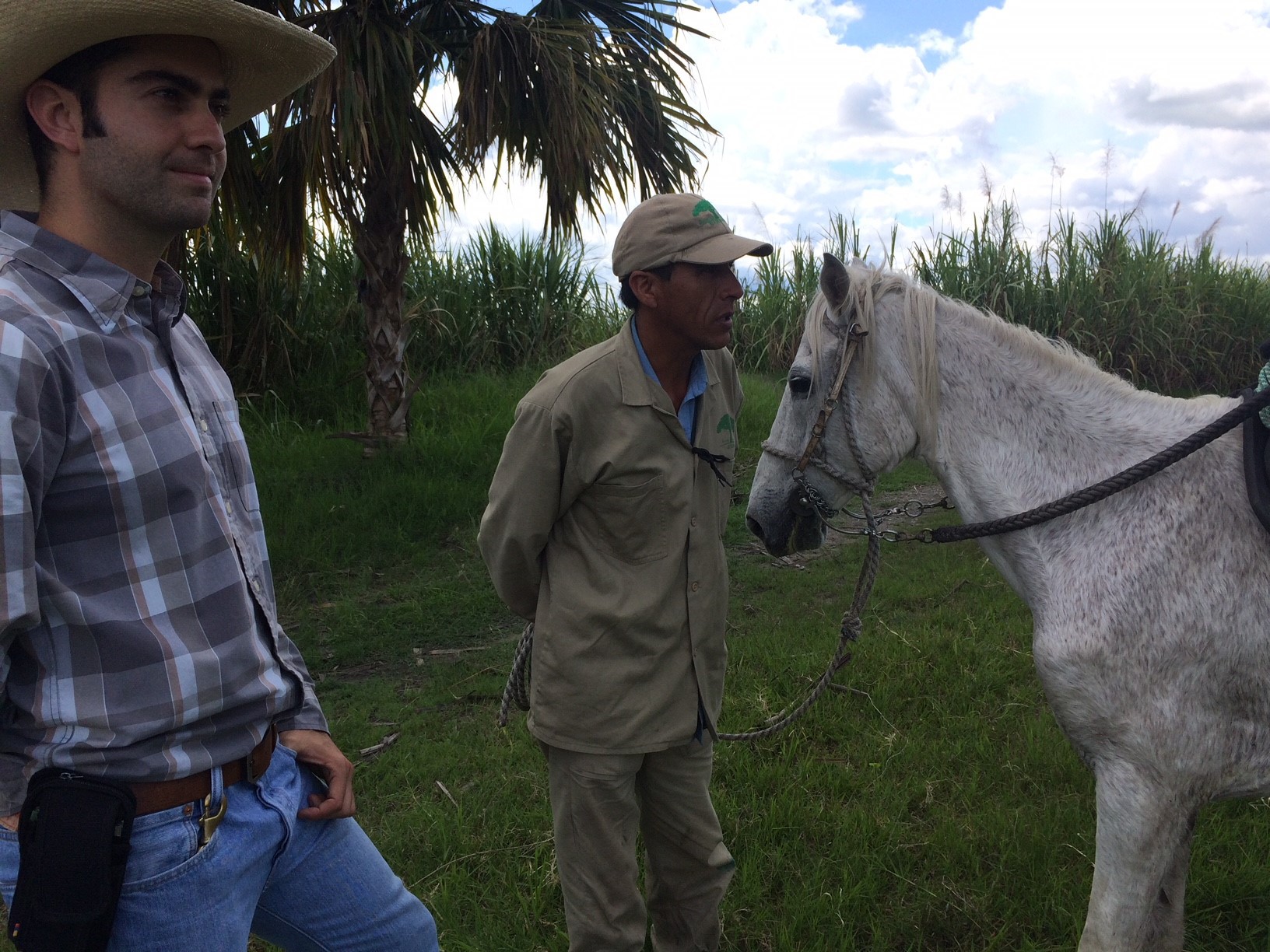Cultivating Sustainable Agriculture, Peace and Justice
“If you desire peace, cultivate justice, but at the same time cultivate the fields to produce more bread, otherwise there will be no peace.” -Norman Borlaug
Our world is hungry for bread, peace and justice, and to cultivate them requires good policy, investments, hard work and partnerships. I remember Dr. Norman Borlaug as both a scientist and an advocate for peace; he understood that food security, justice and peace were fundamentally interlinked.
In Colombia, nearly half a century of internal conflict is coming to an end, and the prospect for peace and economic growth are within reach. If he were to visit Colombia today, I’m sure that Norman Borlaug would advocate for agriculture as a path to greater peace and stability.
Almost seven million people were displaced during Colombia’s 50-year civil war and some 87 percent came from the countryside.[1]The conflict also resulted in forest and biodiversity losses, with some three million hectares (7.4 million acres) of forest destroyed.[2]Land conversion from forest to pasture continues as farmers respond to the increasing domestic demand for meat and milk. One of the world’s top cattle-producing countries with 23 million head of beef and dairy cattle, ranchers in Colombia use 38 percent of its land area, or 80 percent of all agriculture land, for pasture.[3]
Helping rural displaced people participate in new forms of employment, while conserving forests and biodiversity and improving livestock productivity will be key to cultivating a lasting peace in Colombia and a more sustainable agriculture system.
On a trip to Colombia in November of 2017, I was able to see partnerships between ranchers, conservation organizations, agricultural research institutes and government ministries that help small- and medium-scale farmers shift to sustainable silvopastoral production systems (SPS).
 Silvopastoral systems consist of fodder shrubs planted at high densities and intercropped with grasses and trees planted in rows. The land is divided into plots and cattle are rotated from plot to plot every five or six days. Shrubs such as the Leucanena leucocophala are ideal for SPS systems. They provide high-protein fodder for cattle, grow rapidly, fix nitrogen in the soil, reduce erosion and improve soil health.
Silvopastoral systems consist of fodder shrubs planted at high densities and intercropped with grasses and trees planted in rows. The land is divided into plots and cattle are rotated from plot to plot every five or six days. Shrubs such as the Leucanena leucocophala are ideal for SPS systems. They provide high-protein fodder for cattle, grow rapidly, fix nitrogen in the soil, reduce erosion and improve soil health.
(Rows of fodder shrubs interspersed with grasses and trees characterize silvopastoral systems. Photo credit: Neil Palmer, CIAT.)
Special improved brachiaria grasses are also used in silvopastoral systems. Developed by breeders at the Center for International Tropical Agriculture (CIAT) in Cali, Colombia, brachiaria grasses are high in nutrients and are more easily digestible for cattle, reducing the level of methane per liter of milk produced. The deep roots of these grasses also prevent soil erosion. Trees in the system are planted to provide shade for cattle, protecting them from heat and helping soils retain moisture.
The SPS system also brings benefit for those displaced by the conflict. Ranchers are employing workers who are returning from years of displacement and hiring them to help convert their operations to silvopastoral systems. Ranch workers on SPS farms with good animal welfare and environmental impact reported they liked the work, increased their environmental awareness, gained new skills and stayed in the job longer than conventional farm workers.[4]
 (The El Hatico ranch in the Valle del Cauca, Colombia, has implemented silvopastoral systems for cattle, sheep and sugarcane. Ranchers report strong satisfaction with working in this system. Photo credit: Margaret Zeigler.)
(The El Hatico ranch in the Valle del Cauca, Colombia, has implemented silvopastoral systems for cattle, sheep and sugarcane. Ranchers report strong satisfaction with working in this system. Photo credit: Margaret Zeigler.)
Many challenges remain for farmers and ranchers in Colombia. Making the transition to SPS forms of livestock production is not easy and requires technical training and a change in mindset, particularly for ranchers who perceive forestry and cattle ranching as incompatible practices. But with multi-stakeholder partnerships growing in Colombia to implement silvopastoral systems, the possibility for peace and freedom from hunger are within reach.
To learn more, please read “Cultivating Agriculture and Peace in Colombia” in the 2017 Global Agricultural Productivity Report®(GAP Report®)published by the Global Harvest Initiative.
[1]Government of Colombia, National Administrative Department of Statistics (DANE). Census of Agriculture, 2014.
[2]Ibid.
[3]Nelson, N. and Durschinger, L. “Supporting Zero-Deforestation Cattle in Colombia.” USAID-supported Forest Carbon, Markets and Communities Program. Washington, DC, 2015.
[4]Broom, D.M. et al., “Sustainable Efficient Livestock Production with High Biodiversity and Good Welfare for Animals.” Proceedings of the Royal Society, 280:20132025, 2013.


